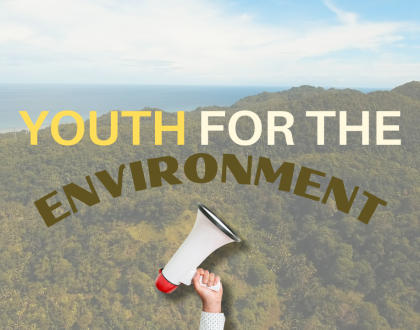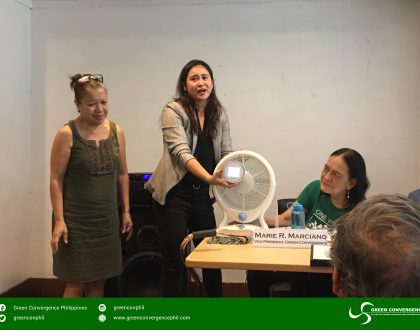Localizing GHG Inventory: Implications to LGUs
SANDEE G. RECABAR is a Senior Research Specialist of the Climate Change Office of the Philippine Climate Change Commission (CCC). She started working for the Commission in 2011 and serves as its lead technical focal person for climate change mitigation issues particularly GHG inventories, mitigation actions and MRV. She spearheaded the capacity building efforts for national government agencies on greenhouse gas inventories
in preparation for the implementation of the Executive Order 174: Institutionalizing the Philippine Greenhouse Gas Inventory Management and Reporting System. She led the technical consolidation and coordination for the INDC preparation and Philippine submission to the UNFCCC.
Mitigation is the human intervention to reduce sources or enhance sinks of Green House Gases (GHGs). The GHG Accounting and Inventory is the summary of sources of emissions and sinks and their corresponding quantities. Common GHGs that are accounted for are carbon dioxide (CO2), methane (CH4), nitrous oxide (N2O), sulfur exafluoride (SF6), perfluorocarbon (PFC). The GHG Inventory is based on relevance, accuracy, consistency, transparency and completeness.
The use of GHG Inventory can benefit local government units (LGUs) as it’s an initial step towards a low emission development pathway. It identifies sources of emissions and sinks. It serves as guide for LGUs to identify policy measures and activities to address climate change mitigation. It can address other benefits aside from reduction of GHG emissions and set targets and mitigation goals.
Local government units that have completed their community-level GHG Inventory are: the Province of Aurora, Batangas City, Iloilo City, Municipality of Kalayan, Makati City and Sta. Rosa City in Laguna.
Recommended Posts

Kabataan Para sa Kalikasan!
February 26, 2021

Environmental Forum: ‘Kailangan pa rin ang green spaces sa urban area’
November 23, 2020

Green Convergence to LGUs: ‘Invest in green spaces!’
October 23, 2019
